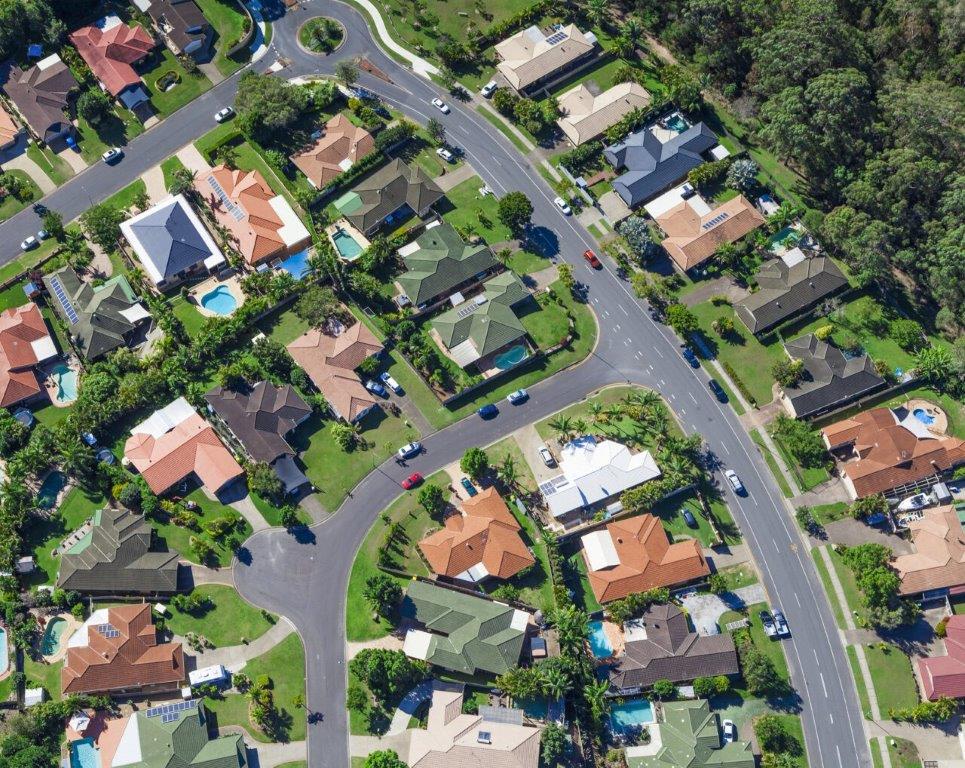El Niño and lawns – Can they work together?
Author: Stefan Palm Date Posted: 27 September 2023
Most people will be aware that El Niño has been declared for this Spring and Summer. This might have you wondering how you’re going to manage your lawn when the weather gets hot and dry. Surprisingly, it's easier than you think!
Having a lawn area of some type around the home is deeply engrained into the life experience of most people growing up in Australia - a look down just about every suburban street in the country will greet you with a lawn extending down to the road - and for good reason. They are important for a whole range of reasons, but words like El Niño and global warming might have you asking yourself whether they'll still be around in the years to come. You might be concerned that they won't surviv e the heat or will require too much water. Looking at the weather modelling for the Spring and Summer, I don't think there is much doubt that the coming months will be warmer. There may even be the possibility of drought conditions, and while water conservation is crucial during El Niño, it doesn’t mean you have to give up on your dream of a beautiful, green lawn. In this blog, we’ll explore some tips and strategies for maintaining a lawn around your property during El Niño while also being responsible stewards of our precious water resources.
e the heat or will require too much water. Looking at the weather modelling for the Spring and Summer, I don't think there is much doubt that the coming months will be warmer. There may even be the possibility of drought conditions, and while water conservation is crucial during El Niño, it doesn’t mean you have to give up on your dream of a beautiful, green lawn. In this blog, we’ll explore some tips and strategies for maintaining a lawn around your property during El Niño while also being responsible stewards of our precious water resources.
Choose Drought-Resistant Grass Varieties
Not all grass varieties are created equal when it comes to water requirements. During El Niño, it’s wise to select grass types that are naturally more drought-resistant. Some popular options include:
- Couch – Such as Windsor Green or Santa Ana
- Kikuyu – Such as Fine leaf or Kenda
- Buffalo/Kings Pride
Lawns like these thrive in hot, dry conditions – especially couch and kikuyu. If you have a thirsty lawn such as fescue or rye, consider over-seeding, sprigging or re-turfing with these types for a hardier, more resilient lawn.
Adjust Your Lawn Care Routine
El Niño often means less rainfall and warmer temperatures. To adapt to these conditions, modify your lawn care routine as follows:
Mow higher: Raise the cutting height on your mower by a notch to leave the grass taller. Taller grass provides more shade to the soil, reducing evaporation.
Use wetting agents – regularly: To ensure water penetrates deeply, apply a liquid wetting agent every eight weeks during Spring, Summer and Autumn. You’ll be amazed at the difference this makes in maintaining a drought-tolerant lawn. I can recommend one called Betta-Wet.
Consider a water-retention agent: These are different to wetting agents. Wetting agents draw water into the soil. Water retention agents hold in in the soil for longer. I can recommend one called Bi-Agra. Bi-agra was developed in Perth, where dry, non-wetting sand is commonplace. Research has shown that application of Bi-Agra can retain up to 5 times the amount of water compared to untreated areas, meaning watering will be required less frequently, and water will be saved.
Avoid over-fertilising: While regular applications of fertiliser are necessary, too much can stress your lawn during drought conditions. When using solid fertilisers, restrict applications to once every three months.
Implement Water-Saving Techniques
During El Niño, it’s essential to be mindful of water conservation. Here are some techniques to help you save water while maintaining your lawn:
Install a rain sensor: A rain sensor can automatically shut off your irrigation system when it detects rainfall, preventing overwatering.
Install water-saving nozzles on your lawn sprinklers: Replace old and thirsty sprinkler nozzles with new-generation types such as Hunter MP- Rotators or Rainbird R-Vans. These types of sprinklers are designed with water conservation in mind and, in most cases, can be retrofitted onto your existing sprinkler bodies.
Water deeply and less frequently: This encourages the grass to develop deeper roots, which can access moisture deeper in the soil. During hot weather, once per week is a great target to aim for, but with enough water to penetrate down to 50mm below the surface. You might have to dig around a bit with a trowel after watering to see how deep the water soaked in. If it’s shallow, adjust the watering time or consider wetting and retention agents, as mentioned above.
Adjust the timing of your watering: Water in the early morning to minimise water loss due to evaporation.
To sum it all up…
You’ll notice that a fair bit of this blog is concerned with soil moisture management, which is the key to managing lawns in hot, dry weather. While these strategies may seem simple, you’ll have a much happier and more resilient lawn by putting them into practice.
In that sense, El Niño may bring drought conditions, but it doesn’t have to spell the end of your lawn. By choosing drought-resistant grass varieties, adjusting your lawn care routine, and implementing water-saving techniques, you can enjoy a beautiful lawn even during the most challenging weather conditions.


